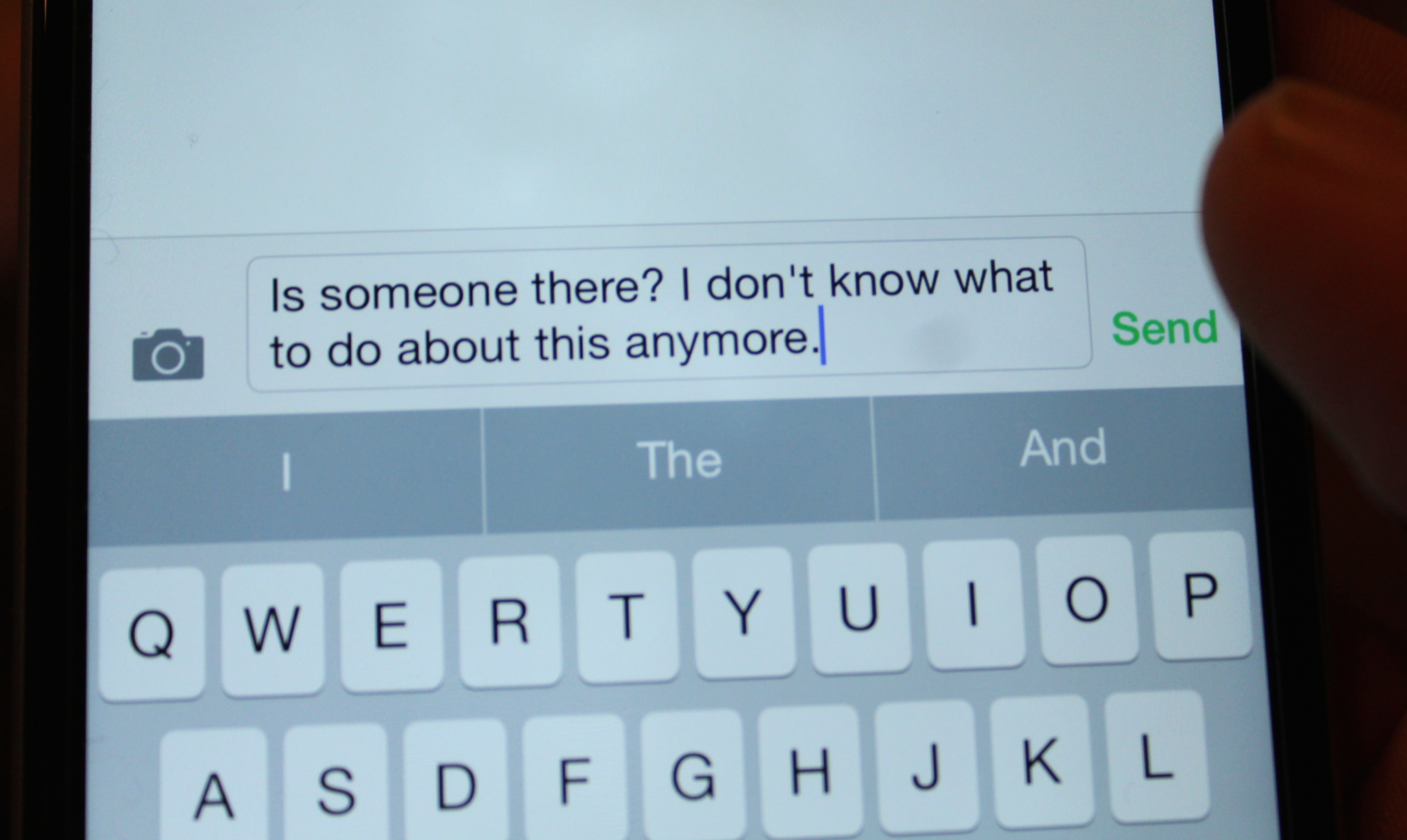

Crisis Text Line (CTL) looks to address personal crises at its roots and manifestation, and Chief Data Scientist Bob Filbin sees releasing their data as the next logical progression of its service.
CTL arose from the youth activism group DoSomething.org. It succeeded in connecting young people to volunteer efforts they cared about via text message, but soon found this intimate connection to be one that opened young people to not just talk about problems in their personal lives. It prompted DoSomething CEO Nancy Lublin to split off with a new group that would tackle this problem head on. The people first purpose of the text line is born of a tech first approach: quantifying these problems to best address them.
“One of the big ways we’re using our data is to refine our internal process and it’s a compliment to the other way we’re using our data,” Filbin says. “To improve the space as a whole, we have a dual purpose to use data internally and share externally.”
It’s a lot to share—the largest collection of crisis data ever collected, over 17 million texts in under three years. This week, the researchers who will be given access to this groundswell of information will be announced. Earlier this year, CTL invited researchers to apply for access to the information they’ve collected one wounded person at a time, with personal issues ranging from substance abuse and self harm to domestic abuse and contemplating suicide.
One person at a time, but an average 350 people a day. Their information is spared anything that identifies them as individuals, but provides regional information, and texters can also opt out of having their data contributed.
CTL’s Enclave Data project teamed with Michigan University, the NIH, and the CDC to develop an ethics committee to evaluate and inform the researchers applying for the data. It was a year’s work just to determine how researchers would be selected, before applications were accepted. While they select a pool of researchers to grow the work that can be done with the data gathered, Filbin says that CTL is looking to double its 1,500 volunteer crisis counselors by the end of this year.
They are the first line of defense. The second line is to provide these volunteers with the tools they need to prioritize texters like an emergency room through the initial text portal, like a metrically driven 911 operator. It’s allowed for the kind of structured data that quantifies anxiety in young people peaking between seven and nine at night, suggesting that guidance counselors might accomplish something being available at those hours. For CTL, the internal focus has been on algorithm development that further enables volunteer counselors to react as accurately and critically as possible.
“There are constant opportunities for how we apply these algorithms to help our counselors become faster and more effective at what they do,” Filbin says. “We have an algorithm that runs in the background and allows us to identify texters who com in saying they are thinking about suicide.” Like the fast decision making in triage, messages that contain text about wanting to die are identified as “code orange”, moving to the top of the queue over less immediate threats of situational risk.
The algorithmic work extends beyond assigning priority— a work coming to fruition now is algorithms that will show volunteers relevant resources for the particular issues of a texter by location; identifying a conversation about a family crisis and identifying by area-code the nearest family counseling resources, both long and short term. A more immediate concern, like a sexual assault, can help volunteers put victims in touch with the nearest facility with a rape kit, so as to not waste precious time.
The hope, Filbin says, is that outside research will bring expertise that his data team doesn’t have—in actual health sciences. He describes his team as small and tech minded—eager to work with researchers who have the tools and talent to deal much more pointedly with, say, suicidology.
“One of the research teams that applied is looking at the relationship between altitude and suicidal ideation,” Filbin says. “There’s some information that suggests brain chemistry changes at altitude, and that those changes are associated with risk in suicidal ideation. Insights from research projects like that have the potential to impact policy beyond just Crisis Text Line.”
He chalks it up to a mindset of learning—that the conversations with those in need can better serve those trying to help them, on an individual basis and on an epidemiological one. Like hunters wasting no part of the animal, data (which texters can opt out of contributing to) has allowed them to illustrate that their texters are most affected by suicidal thoughts in Montana, North Dakota, and Indiana.

